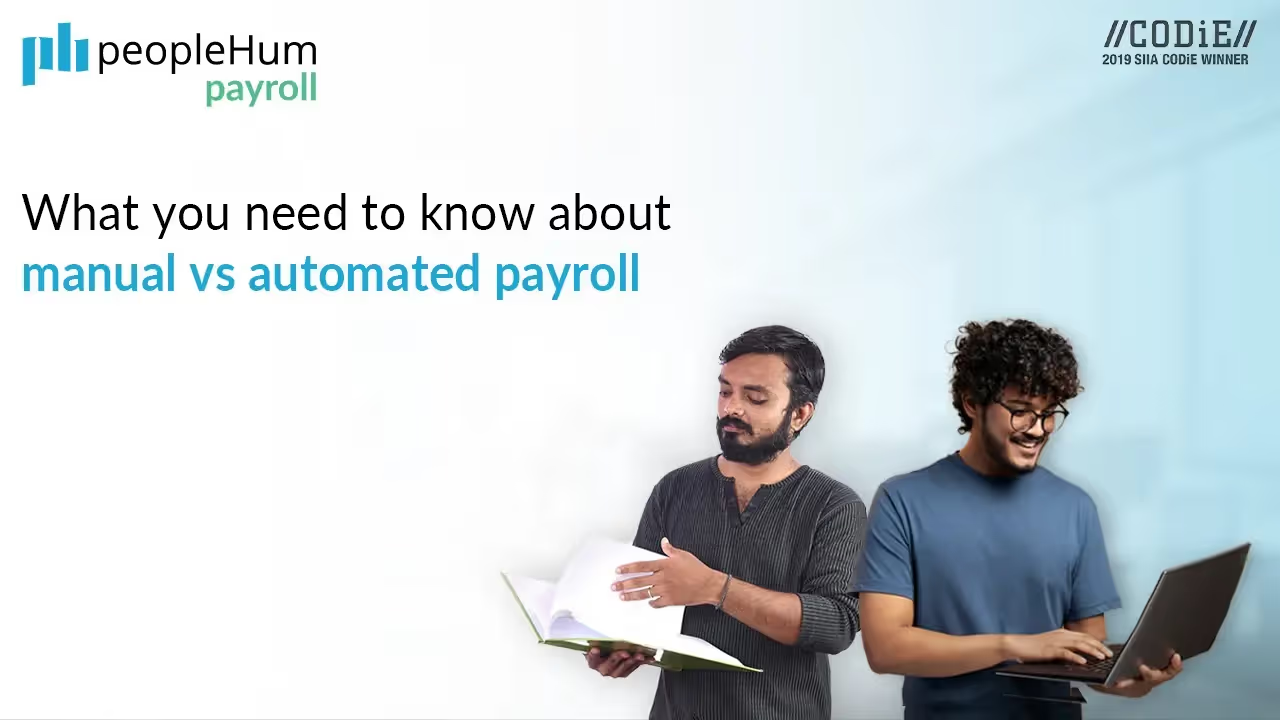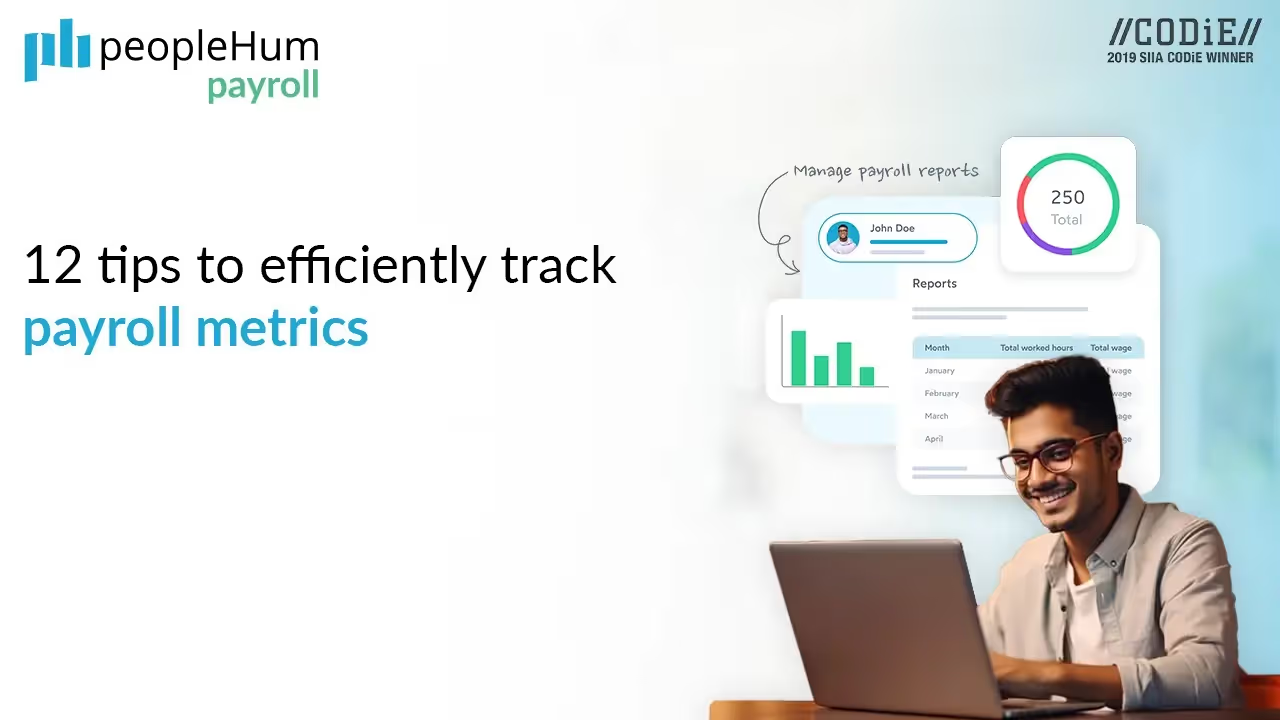You're in the boardroom, surrounded by your leadership team, discussing your company's future growth and financial stability. As the discussion heats up, a recurring issue grabs your attention—payroll inefficiencies. Top-performing employees, the backbone of your organization, expect timely and accurate pay, but errors in payroll persist. You find yourself pondering a question: Should you stick with traditional manual payroll methods or embrace the efficiency of automated payroll software? On one hand, manual payroll, with its hands-on approach, offers familiarity and a personal touch. On the other hand, automated payroll software promises efficiency and precision, but at what cost? Automated payroll systems are revolutionizing the way businesses handle their HR operations, significantly cutting down on time expenditures and minimizing human error. Implementing software that can automatically calculate payroll not only reduces processing time but also enhances accuracy across several critical aspects – from tax calculations to employee management. As highlighted in MYOB’s cloud payroll solutions, seamlessly integrating these functionalities empowers businesses to maintain compliance effortlessly while saving valuable resources for other growth initiatives. This debate isn't just about numbers and software; it's about the future of work, the evolution of the workplace, and how businesses adapt to an ever-changing financial landscape.
Dive into this blog to explore more about how automated payroll software compares with traditional manual payroll methods.
What is manual payroll?
Manual payroll is a traditional approach to processing payroll where all tasks are performed without the assistance of automated software. This method typically involves calculating each employee's pay and deductions individually, often using spreadsheets or basic accounting software. It's a labor-intensive process that requires a thorough understanding of payroll laws and tax regulations to ensure accuracy.
Advantages of manual payroll
- Typically less expensive to start compared to automated systems, requiring minimal technological investment.
- For very small businesses with a few employees, manual payroll can be straightforward and manageable.
Disadvantages of manual payroll
- Payroll demands meticulous accuracy, and the likelihood of mistakes is greater in manual processes than with automated software, where human error is more prevalent.
- Handling manual payroll requires a high degree of trust in one’s own capabilities. Errors in tax withholding or misclassification of taxable benefits can result in costly disputes with tax authorities.
- Doing payroll manually usually takes much longer than using the software. While software can quickly work out payroll taxes, doing it by hand can take several hours.
What is an automated payroll?
Automated payroll software helps streamline critical functions such as calculating wages, withholding taxes, and administering benefits. By integrating elements like attendance tracking and tax compliance, it ensures accurate and timely payroll operations with minimal human intervention.
The shift to automated payroll systems has been propelled by advancements in technology. Today's automated systems leverage advanced algorithms and cloud-based platforms, enhancing efficiency and reducing errors.
Advantages of automated payroll
- Syncs with time tracking tools for efficient, accurate payroll processing without manual data entry.
- Features built-in, automatically updated tax tables to streamline the tax filing process.
- Provides customizable payroll reports for insights and data analysis.
- Allows employees to request a portion of their paycheck in advance for urgent expenses.
- Allows employees to view pay stubs, tax forms, and manage their details online.
- Generates detailed payroll reports for better financial analysis and planning.
Disadvantages of automated payroll
- High upfront costs for software purchase and setup.
- Time and effort required to train staff on the new system.
- Risk of system downtime affecting payroll processing.
When should you switch from manual payroll to payroll software?
Switching from manual payroll to software should be considered under the following circumstances:
1. Increasing employee count
The complexity and volume of payroll tasks rise proportionately with the employee headcount. In such scenarios, switching to an automated payroll system becomes crucial. It efficiently handles the growing demands, streamlines the payroll process, and manages the complexities associated with a larger workforce. Automated systems are adept at scaling alongside your business, ensuring payroll operations remain smooth and manageable, even as your company continues to expand and evolve.
2. Time and resource constraints
When the manual handling of payroll starts to significantly drain your time and resources, impacting overall efficiency, it may be time to consider transitioning to automated payroll software. This shift is particularly relevant if you find that the manual process is not only time-consuming but also requires substantial manpower, diverting resources from more strategic business functions. Automated software can streamline these operations, freeing up valuable time and resources.
3. Error reduction
When manual payroll processes lead to frequent accuracy issues or expose your business to compliance risks due to errors, it's a clear sign to consider automated payroll systems. These issues often stem from human error in calculations or keeping up with changing regulations. Automated payroll systems come equipped with advanced algorithms and up-to-date regulatory compliance features, significantly minimizing the risk of errors. This transition not only ensures greater accuracy in payroll processing but also safeguards your business against potential legal and financial repercussions that can arise from non-compliance with payroll-related laws and regulations.
4. Need for enhanced security
In a time where data breaches are increasingly common, then adopting an automated payroll system is a wise decision. These systems are designed with enhanced data security and encryption protocols, which are crucial for safeguarding confidential payroll data. This level of security is hard to achieve with manual processes. By switching to an automated system, you not only secure critical employee information but also build trust within your organization, showing that you are committed to protecting the privacy and security of your employees' personal and financial details.
5. Scaling business operations
In the dynamic process of business growth, where scaling operations becomes a primary objective, the flexibility and scalability provided by automated payroll systems are indispensable. These systems are particularly effective for businesses with diverse and distributed workforces. As the company expands geographically or diversifies its employee base, managing payroll manually becomes increasingly complex and impractical. Automated payroll software adapts to these changes seamlessly, ensuring payroll processes are efficient, consistent, and reliable regardless of the size or spread of your workforce. This adaptability makes them a crucial tool for businesses in growth phases, catering to the evolving demands of expanding operations.
6. Environmental considerations
As your business grows and scaling up becomes essential, the ability of automated payroll systems to adjust and handle this growth becomes crucial. These systems easily adapt to changes, making them perfect for businesses that are expanding. Automated payroll software adapts to these changes seamlessly, ensuring payroll processes are efficient, consistent, and reliable regardless of the size or spread of your workforce. This adaptability makes them a crucial tool for businesses in growth phases, catering to the evolving demands of expanding operations.
Why is an automated process better than manual?
Automated payroll systems represent a significant leap in efficiency and accuracy over traditional manual payroll processing. Data from the American Payroll Association reveals that automation reduces payroll processing costs by as much as 80%. This staggering figure highlights the cost-effectiveness of switching to automated systems. The benefits of automated payroll extend beyond mere cost savings. In a manual setup, the error rate in payroll processing can be as high as 1-8%, according to the IRS. Automated systems, on the other hand, boast near-perfect accuracy, virtually eliminating the risk of such costly mistakes. Looking into the future, the scalability of automated payroll systems makes them an invaluable asset for growing businesses.
Why choose peopleHum?
As you explore different choices for handling payroll, it's crucial to go back and look at what you really need. When it comes to this, peopleHum's payroll software stands out as a compelling option packed with features to make your payroll process smoother and better.
Here’s a look at its key features:
- Efficient time and attendance management: Track employee hours with precision, ensuring accurate payroll calculations.
- Employee self-service portal: Empower your employees with a user-friendly portal to access their payroll information, fostering transparency and engagement.
- Detailed payroll reporting: Gain insightful reports for informed decision-making, ensuring your payroll processes align with business strategies.
- Seamless tax compliance: Stay compliant with ever-changing tax laws, thanks to automated tax calculations and filings.
- Robust payroll integrations: Integrate seamlessly with your existing HR systems, ensuring a unified and efficient workflow.
To truly see the game-changing impact peopleHum can have on your payroll, set up a demo now.



















































